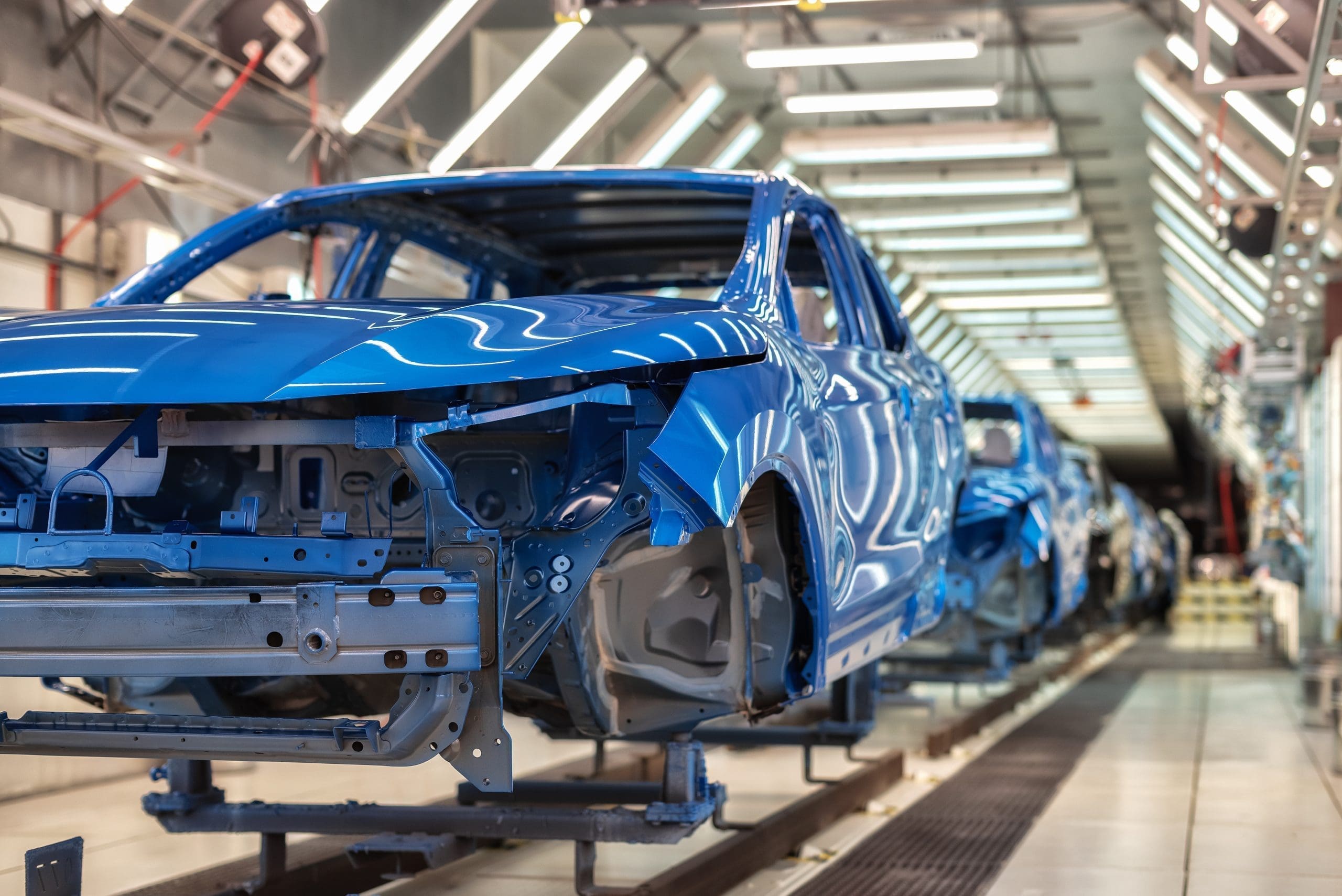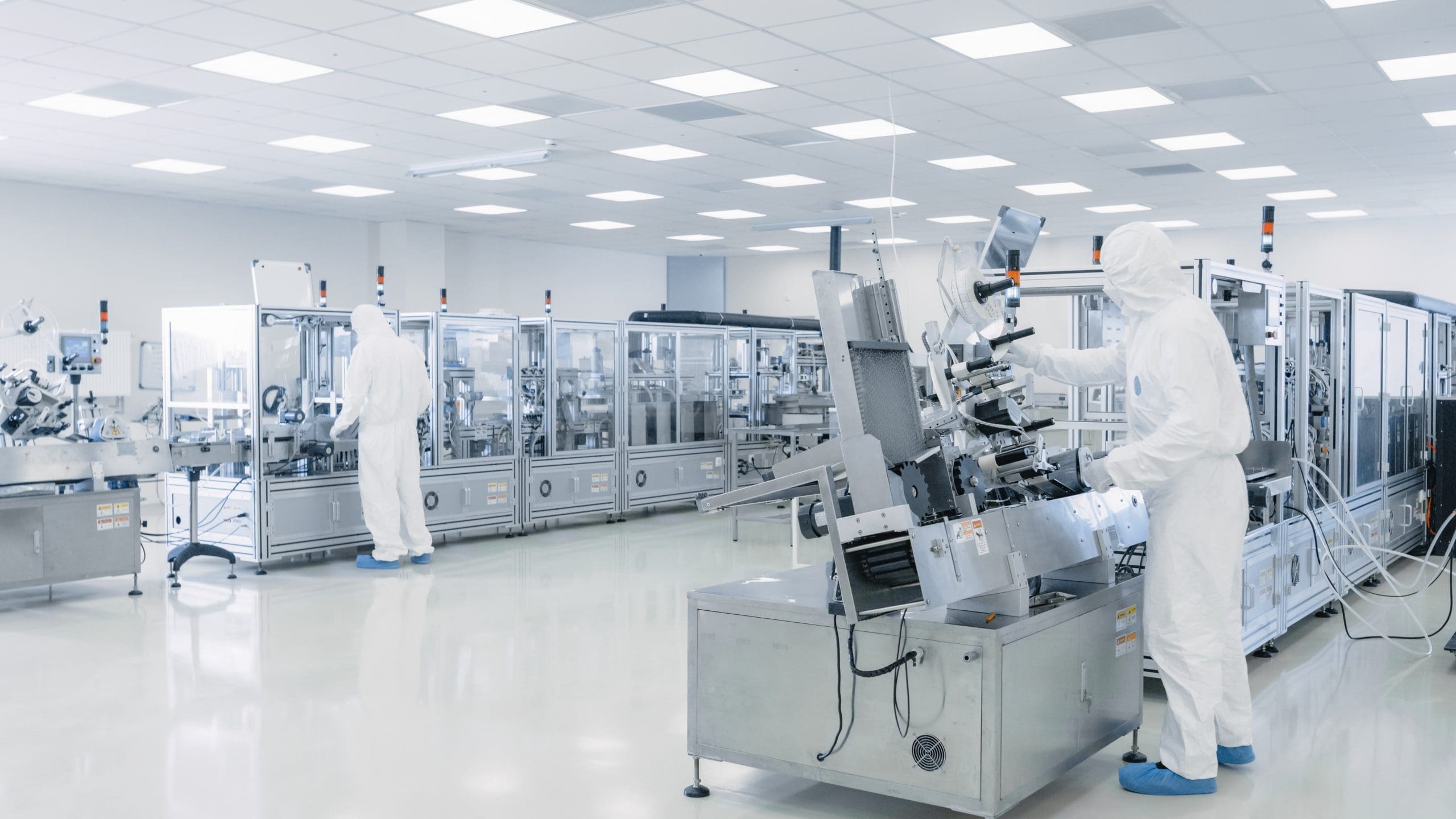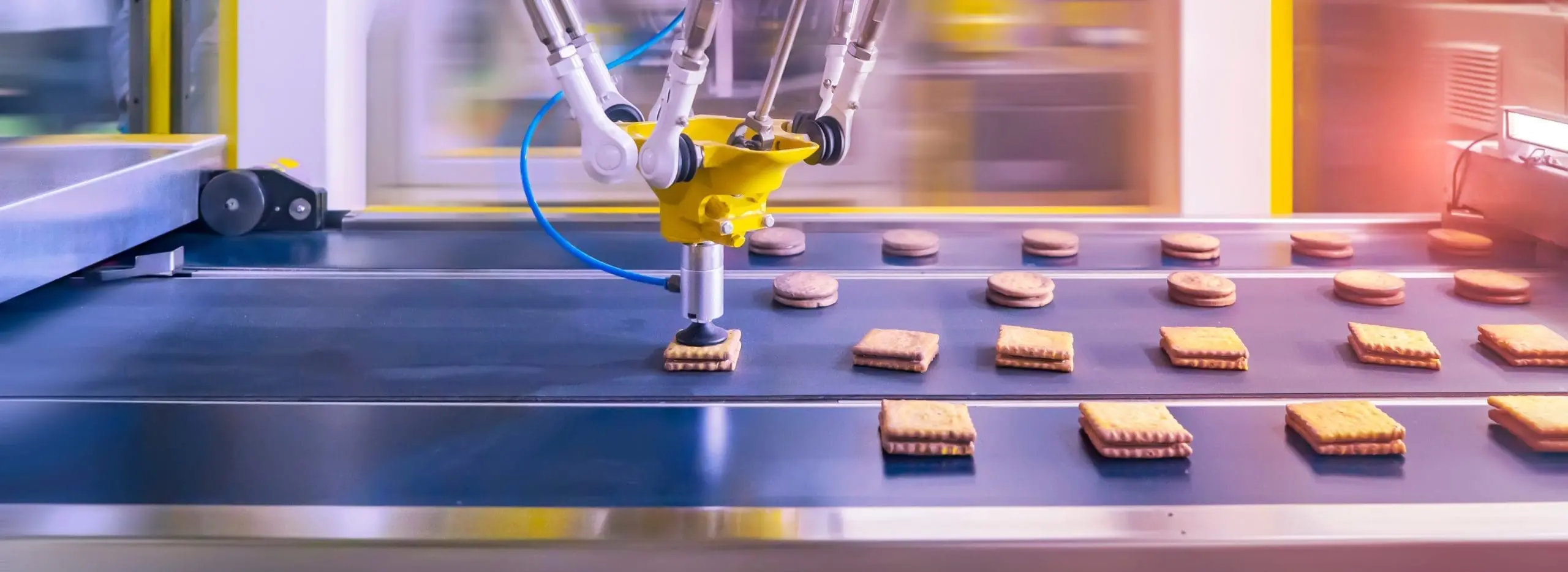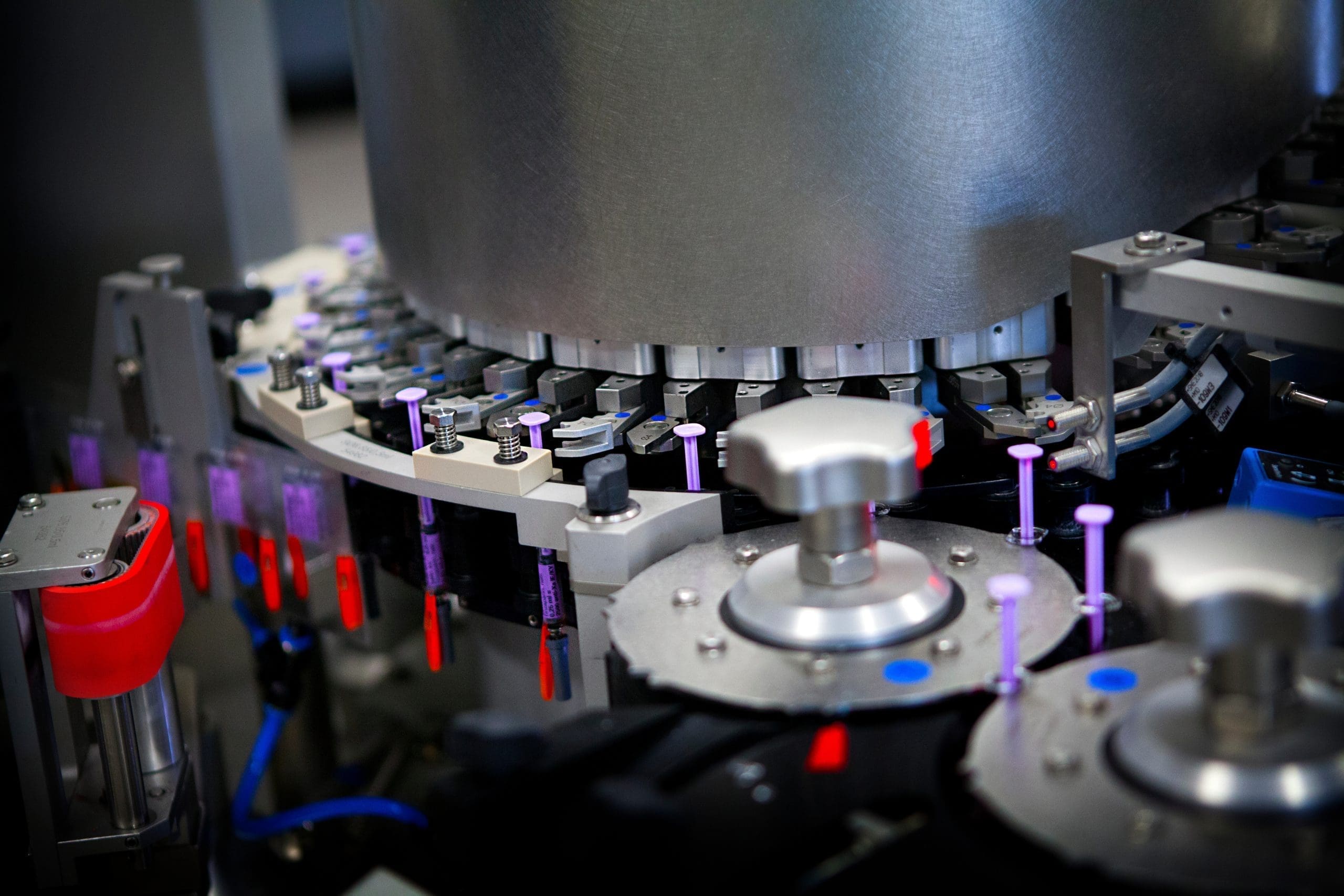Dycem® Contamination Control Mats...
Our Products
Experience the Dycem® Difference
The World's Leading Solution
for controlling contamination at floor level.
Why Dycem?
We manage contamination at the floor level, targeting 80% of the source.
Success Stories
Explore real-world applications of our products.
FAQ’S
How can we help? All the answers to your questions are right here.
About Us
We are dedicated to providing innovative and effective solutions to maintain the highest standards of cleanliness in controlled environments.
Why Dycem?
We manage contamination at the floor level, targeting 80% of the source.
Success Stories
Explore real-world applications of our products.
No matter the industry
We’re there to keep it clean.
"We have found the Dycem mats to be effective and simple to maintain, they look smart and are far superior to traditional tacky mats. The original fit and the replacements were carried out to a very high standard."

“There is no question in the superiority of the particle capture efficiency of Dycem over the tacky mat. It has been a pleasure working with Dycem in keeping our cleanroom floors clean.”

"We had a short experience with a competitive product and can definitely recommend Dycem as our chosen solution."

“With Dycem, more dirt (was) prevented from entering the controlled environment and anterooms due to bigger coverage and capability of material catching more particulates. Huge cost savings.”

"We had 'suffered' the classic sticky mats for many years before we were fortunate enough to find Dycem. After a trial, we installed across the whole site. Great results and everybody happy."

"Dycem is the most cost effective means of controlling contamination at the floor level and preventing contamination from getting into critical development work."

"The finish with Dycem inlaid into the vinyl is excellent. With large amounts of traffic within the aseptic unit, the flooring system ensures a consistent C/D environment."

“I love how the mats hide any present dirt and how easy cleaning the mats are. I have no contamination issues in my clean-room or prep area since using the Dycem mats.”

“We were more than satisfied, and we had the original mats for longer than expected. Really solid product!”

“We are very satisfied with the use of Dycem. The ease of cleaning and space we have gained in our warehouse by not having to stock sticky mats have made Dycem mats an integral and rewarding function in our facility.”

"Dycem mats are very easy to clean, they trap dust and dirt very well and look great. I am pleased they last 3-5 years, which should be a significant cost saving."

"We are impressed by how good Dycem looks in all of the areas they have been applied. The ease of cleaning is also a plus."

“Dycem staff are efficient, knowledgeable, and understand the needs of the customer.”

“The result was a noticeable improvement in the capture and removal of light debris from shoes in a contained area on the Dycem flooring."

"The Dycem mats are a wonderful solution for our facility. We chose the Cobalt finish and it looks sharp and professional."

“After researching many companies providing similar solutions, we were keen to work with Dycem for their apparent cost efficiency. This has proved to be an absolute; we are convinced the installation has saved us a great amount in the long term.”

"The Dycem mats have been an integral part of our microbial control strategy and have allowed us to improve control over time by adding mats in areas with higher hits."

Previous
Next
"We have found the Dycem mats to be effective and simple to maintain, they look smart and are far superior to traditional tacky mats. The original fit and the replacements were carried out to a very high standard."
George BrownRolls Royce 
“There is no question in the superiority of the particle capture efficiency of Dycem over the tacky mat. It has been a pleasure working with Dycem in keeping our cleanroom floors clean.”
Don BartelsonLockheed Martin 
"We had a short experience with a competitive product and can definitely recommend Dycem as our chosen solution."
Marek MyszkowskiFormika 
“With Dycem, more dirt (was) prevented from entering the controlled environment and anterooms due to bigger coverage and capability of material catching more particulates. Huge cost savings.”
Ticci JancarGetinge 
"We had 'suffered' the classic sticky mats for many years before we were fortunate enough to find Dycem. After a trial, we installed across the whole site. Great results and everybody happy."
Nigel DisneyOntic 
"Dycem is the most cost effective means of controlling contamination at the floor level and preventing contamination from getting into critical development work."
David WilliamsHonda 
"The finish with Dycem inlaid into the vinyl is excellent. With large amounts of traffic within the aseptic unit, the flooring system ensures a consistent C/D environment."
Martin Rees-MiltonNHS Velindre 
“I love how the mats hide any present dirt and how easy cleaning the mats are. I have no contamination issues in my clean-room or prep area since using the Dycem mats.”
Bria Freeman-MizzeleAjinomoto 
“We were more than satisfied, and we had the original mats for longer than expected. Really solid product!”
Matthew AnagnostopoulosRosalind Franklin University 
“We are very satisfied with the use of Dycem. The ease of cleaning and space we have gained in our warehouse by not having to stock sticky mats have made Dycem mats an integral and rewarding function in our facility.”
Garrett GinclayPrecision Biosciences 
"Dycem mats are very easy to clean, they trap dust and dirt very well and look great. I am pleased they last 3-5 years, which should be a significant cost saving."
Mark FallsCBRE 
"We are impressed by how good Dycem looks in all of the areas they have been applied. The ease of cleaning is also a plus."
Sue GreenteeBiohawk 
“Dycem staff are efficient, knowledgeable, and understand the needs of the customer.”
John HoltSpace Park Leicester 
“The result was a noticeable improvement in the capture and removal of light debris from shoes in a contained area on the Dycem flooring."
Joanne SherrattMindful Chef 
"The Dycem mats are a wonderful solution for our facility. We chose the Cobalt finish and it looks sharp and professional."
Janine KirkinDePaul University 
Latest News
Interview with Contamination Control Specialist
Interviewer: We’re here with Danae Crumb, a local contamination control specialist, to discuss various aspects of floor-level contamination control methods and their implications. Let’s start ...
Read More
Demand for Medical Devices is on the Rise
What are medical devices? A medical device is any instrument, apparatus, implement, machine, appliance, implant, reagent for in vitro use, software, material, or other similar ...
Read More
Listeria and The Risk to Human Health: How Dycem Can Inhibit Bacteria Growth
Listeria can pose a huge threat to human health and the food production industry. Recalled batches can damage a company’s reputation; reduce consumer trust and ...
Read More














